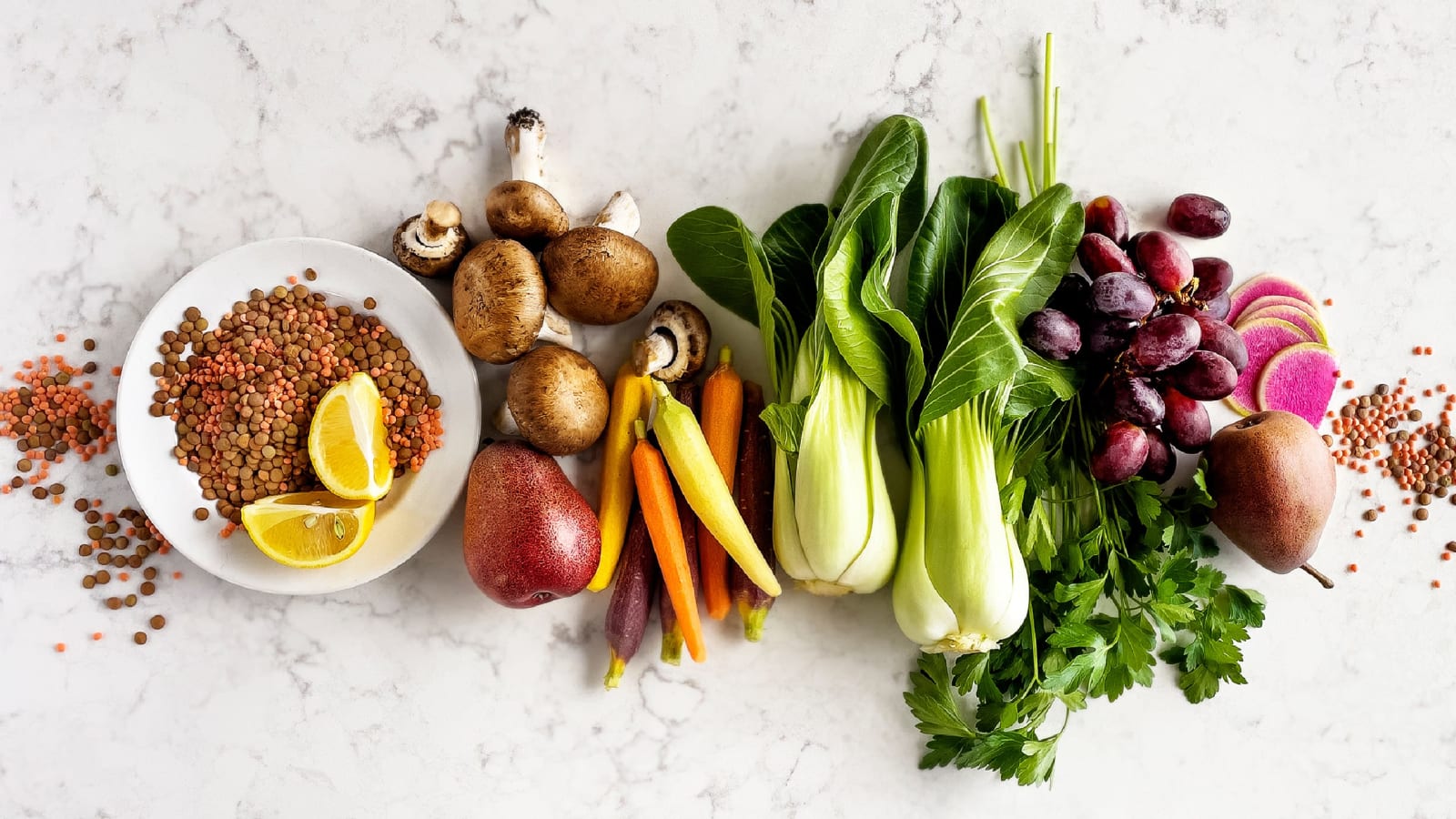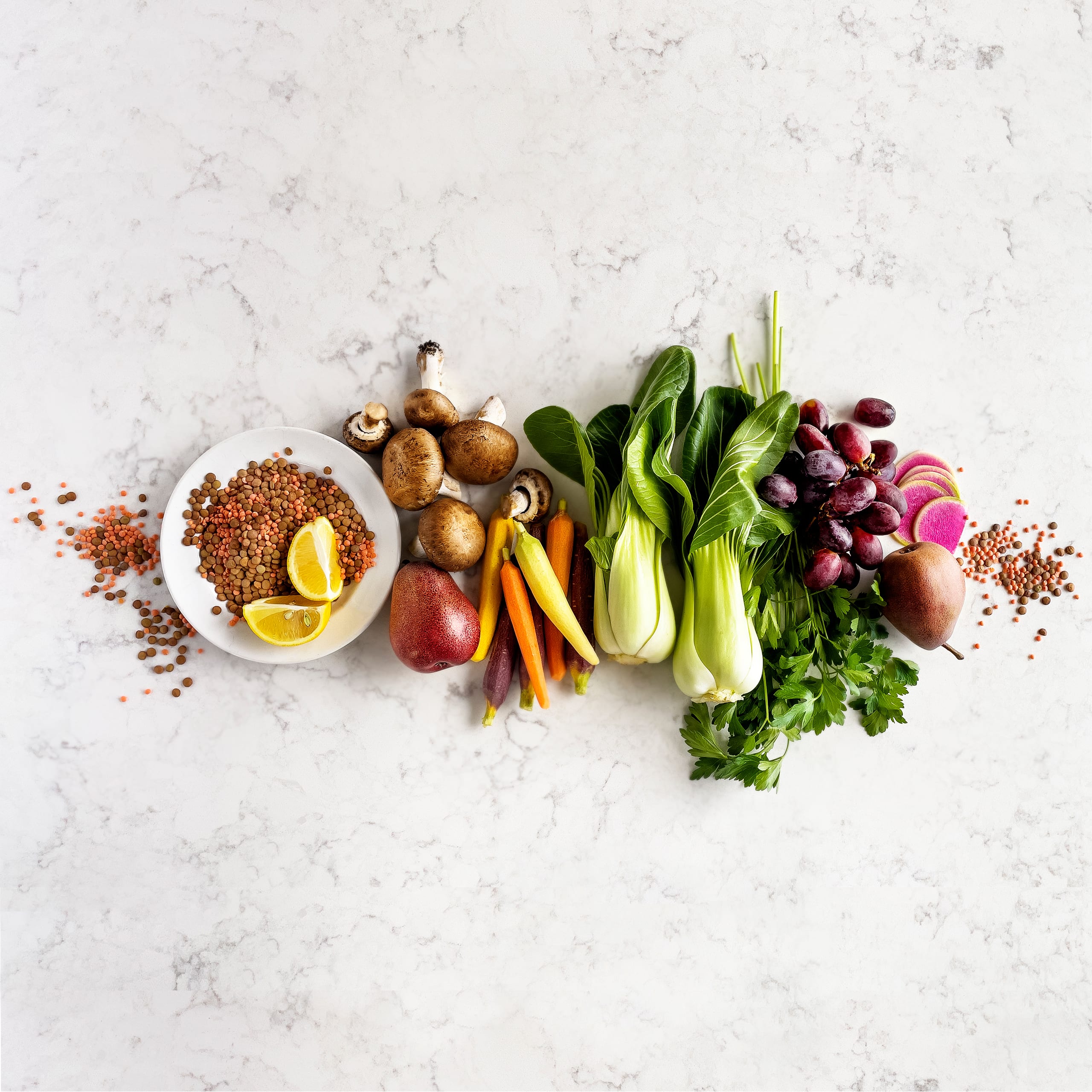Pranayama and Mindful Eating

I lay out lunch and call out to my son.
He walks quickly from his room, this beautiful man-child of mine, and drops heavily into the chair. He hunches over the table and wolfs down the rice, dal, and vegetables. He gulps mouthfuls of water, then gets back to eating hurriedly.
Sitting beside him I say, “Chew slowly and breathe evenly,” losing count of the years I have been repeating it.
Like the stereotypical Indian mother, I worried and fussed over my son's food habits early on. Especially as he had sensorial issues about the kind of foods he liked to put in his mouth and not. I remember what his doctor told me: breathing is an essential element in the intake of food.
Breath right for digestion
Breathing evenly and slowly whilst chewing your food has an extensive list of benefits. Besides enjoying your meal and being mindful of what you are eating, breathing evenly also aids digestion. Avoiding eating quickly is common sense, but it’s worth recalling, considering we are often rushed for time or grabbing food on the go. As I nodded at the doctor’s advice, I recalled that it was the same dictum my yoga teacher had given me.
According to Patanjali, the 2nd Century BCE sage and author of the Yoga Sutra, breathing or pranayama is one of the branches of Ashtanga (the eight “limbs” or systems of yogic practice). In Sanskrit, prana means life or spirit, while ayama means expansion.
Pranayama has three principal elements of breathing: puraka, or inhaling; kumbhaka, or retention; and rechaka, or exhaling. Sitting erect and deeply inhaling expands the lungs, while retention invigorates the diaphragm, and exhaling promotes metabolism. If pranayama’s fundamental purpose is concentration on the expansion of breath, yoga gurus like Kavitha Elango point out that its ripple effects include calming and combating stress, slowing down, and stimulating our digestion. “Pranayama helps to alleviate stress and promises better metabolism,” she says.
“Breathing right is a prelude for the mind to quieten and focus on eating,” Elango adds. If you can make time, she recommends that you try about 10 brahmari or “humming bee breaths”, which are breath exercises for calming the body and mind, before sitting down to eat at home. Even for the non-believer, the practice of saying a prayer of gratitude at the table before eating allows that short amount of time to ensure you are breathing evenly.
Pranayama invokes jathra agni (intestinal fire or energy) to digest food better, and dhyana agni (mindfulness), which helps us to eat the right amount and reject what we don’t need. Our respiratory cadence changes when we eat, especially when we chew food. Research has pointed out that mastication and the movements of our jaws may release aroma to our nasal receptors. Breathing right helps us experience the food’s taste and smell, encouraging us to respond positively to what we consume. When we’re upset or trying to swallow hurriedly, our breath is often uneven or eruptive — and our digestion is affected when we eat too fast.

Ujjwala Baxi, Mumbai-based nutritionist and dietician affirms this. “Be conscious of your breath while eating,” she says. “This will automatically slow you down while eating, making you chew better, be aware of the taste and aroma, and enjoy your meal.” Baxi points out that respiration rhythms increase while chewing, but slow down while swallowing or gulping, which affects how we ingest food.
Slow eating
Baxi explains that your brain and gut are connected by the vagus nerve, and being mindful of your food may help moderate the muscles in the esophagus, stomach, pancreas, and the small intestine. She recommends eating a meal slowly over a minimum of 20 minutes, which regulates your breathing. In turn, “this helps to enjoy the flavors, and [results in] better absorption of minerals and vitamins as mastication breaks down food for easier absorption and digestion.” Taking small bites and breathing through pursed lips also helps.
Pranayama also places importance on the right posture. Diaphragmatic breathing is allotted high importance in yoga. Sitting straight and breathing evenly takes pressure off the diaphragm, the main muscle connected to respiration, says Baxi. Lounging on the couch, watching TV, or hunching and slumping put pressure on the diaphragm making our breath uneven as we eat. Even after eating, it’s good to be mindful of your breathing, as it affects the absorption of nutrients, and how our gut processes food.
“The kind of food that you eat will also affect your breathing,” says Elango, “When a student struggles with pranayama in my class, I can easily deduce that bloating or indigestion from their last meal could be reasons affecting their breath.”
Certain foods encourage mindful, slow eating. Besides having a wealth of health benefits, nuts, fruits, vegetables, seeds, and mushrooms help us to eat the right way by encouraging chewing and even breathing. Salads also make us chew slowly and break down food for easier digestion. Fast food is exactly that! Nutrient-deficient food that is easy to chow down on in fits of short breath. Thoughtless food choices can adversely affect our breathing and can cause stress in the gut.
Pranayama increases mindfulness, and its application to food can only enhance the eating experience. Next time you sit down to a meal, remember to breathe easy. It’s the simplest way to enjoy your meal.
Key Takeaways
- Pranayama can improve digestion.
- Yogic breathing boosts metabolism.
- Hurried eating affects breath and health.



